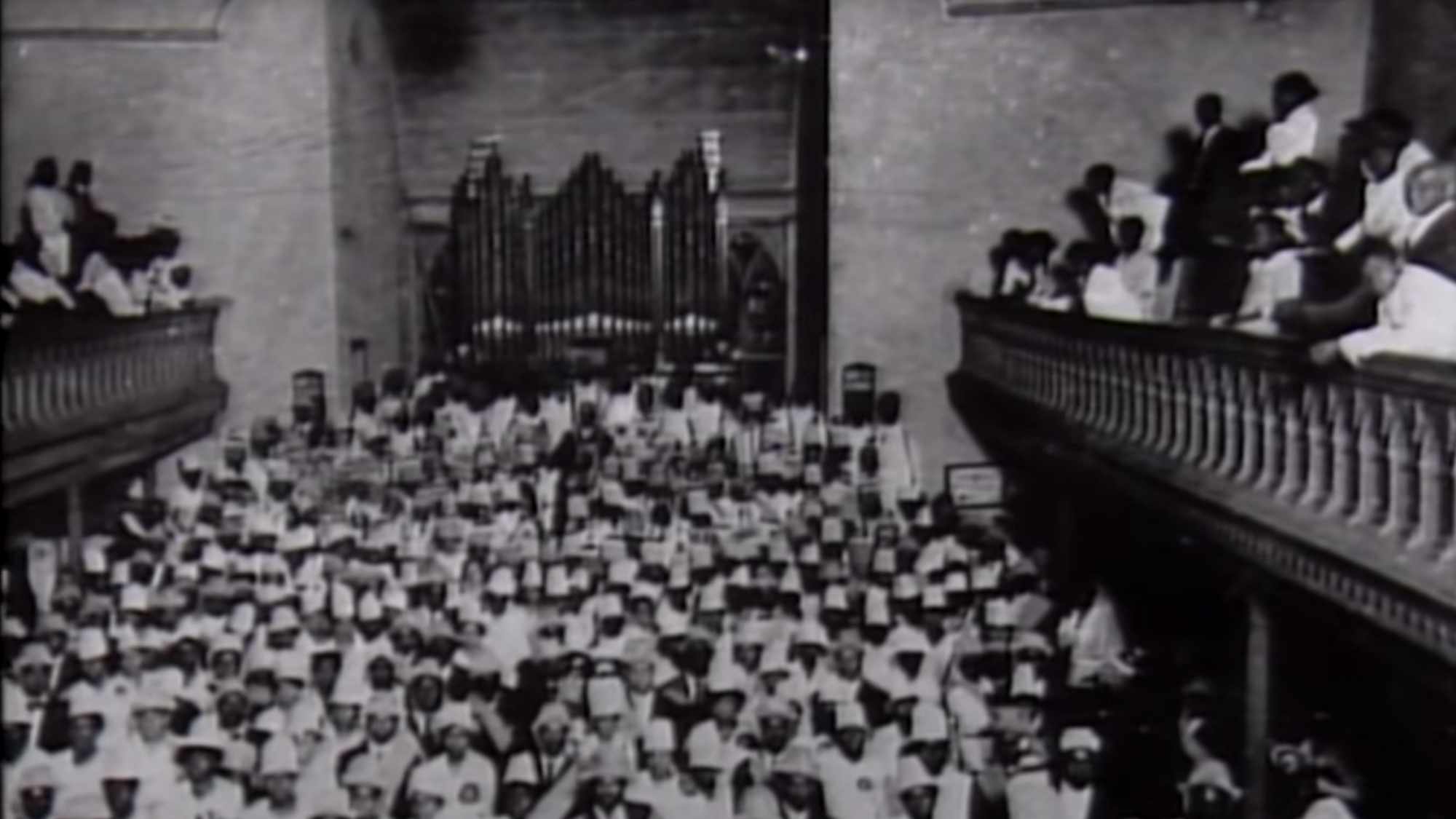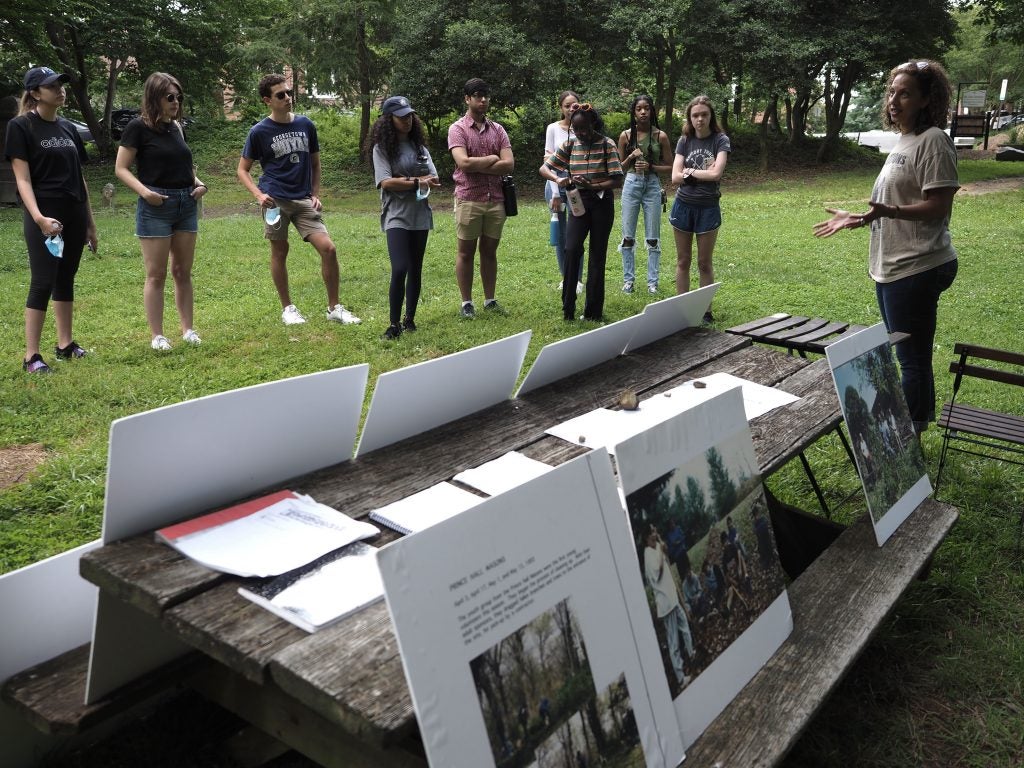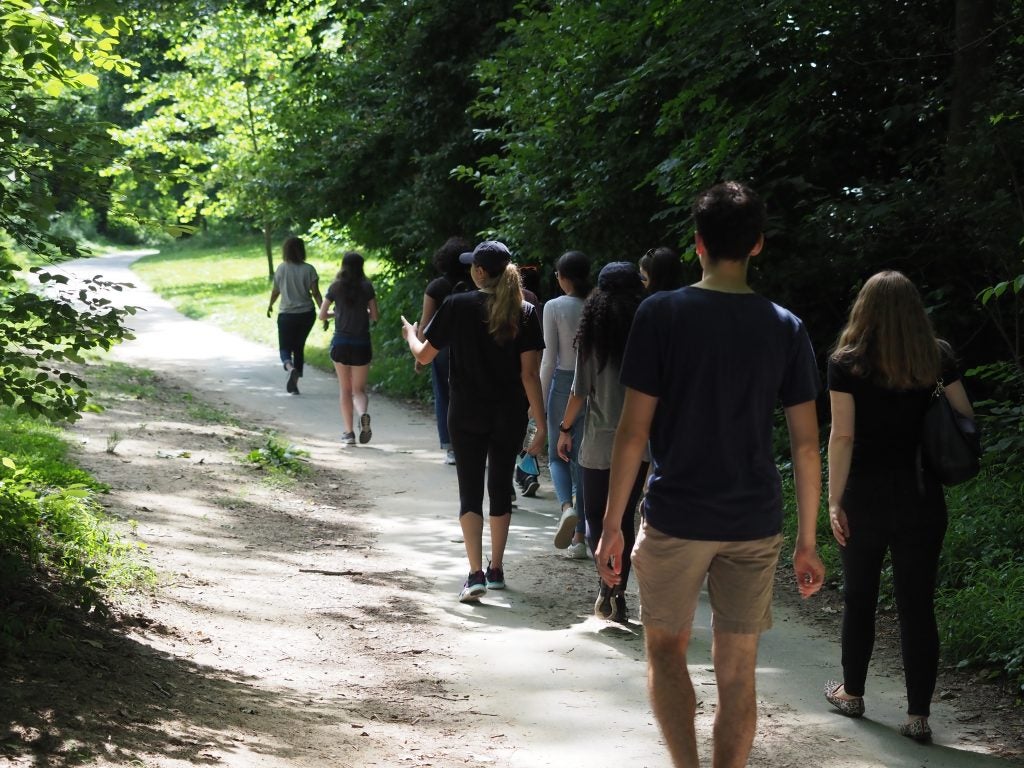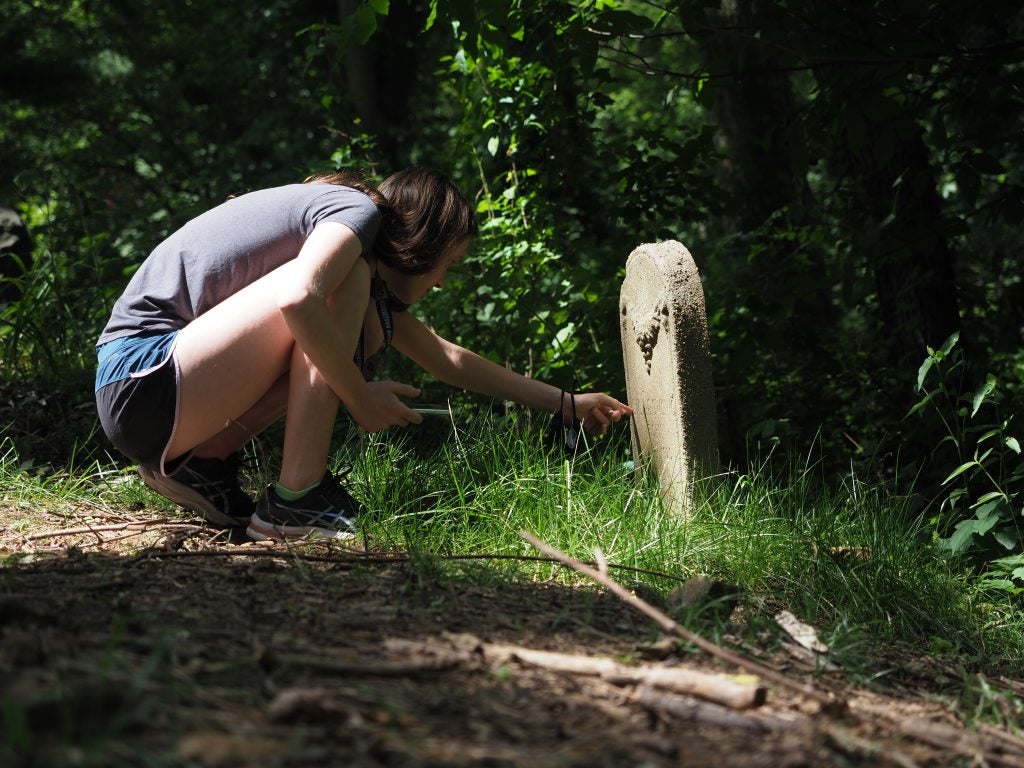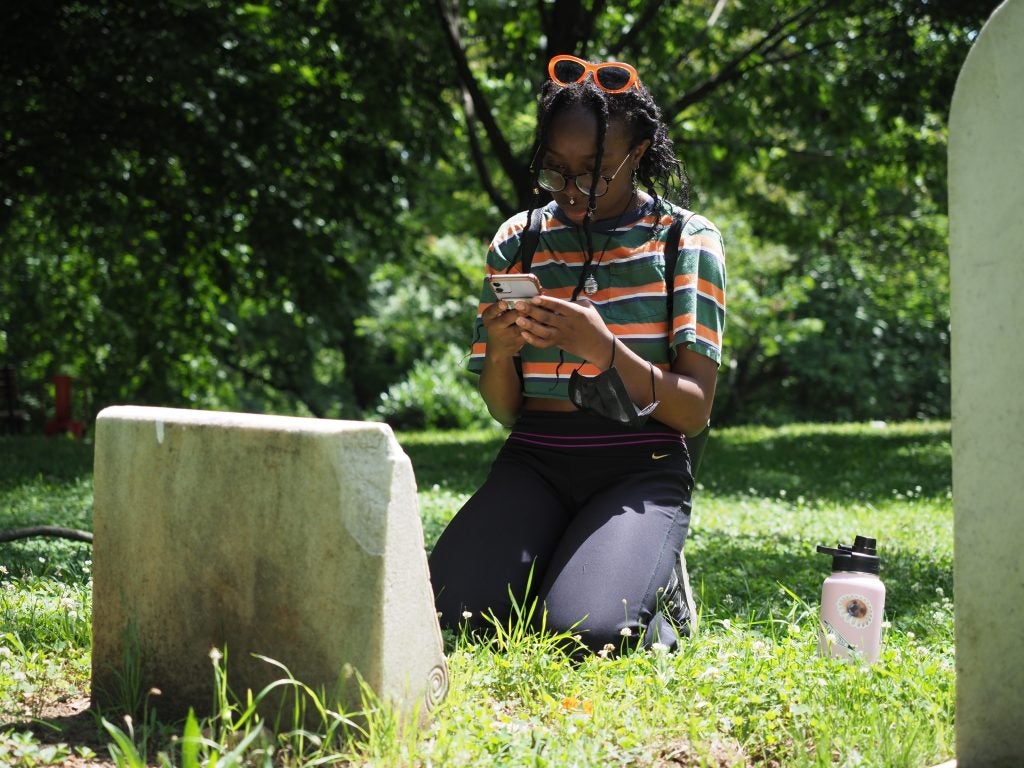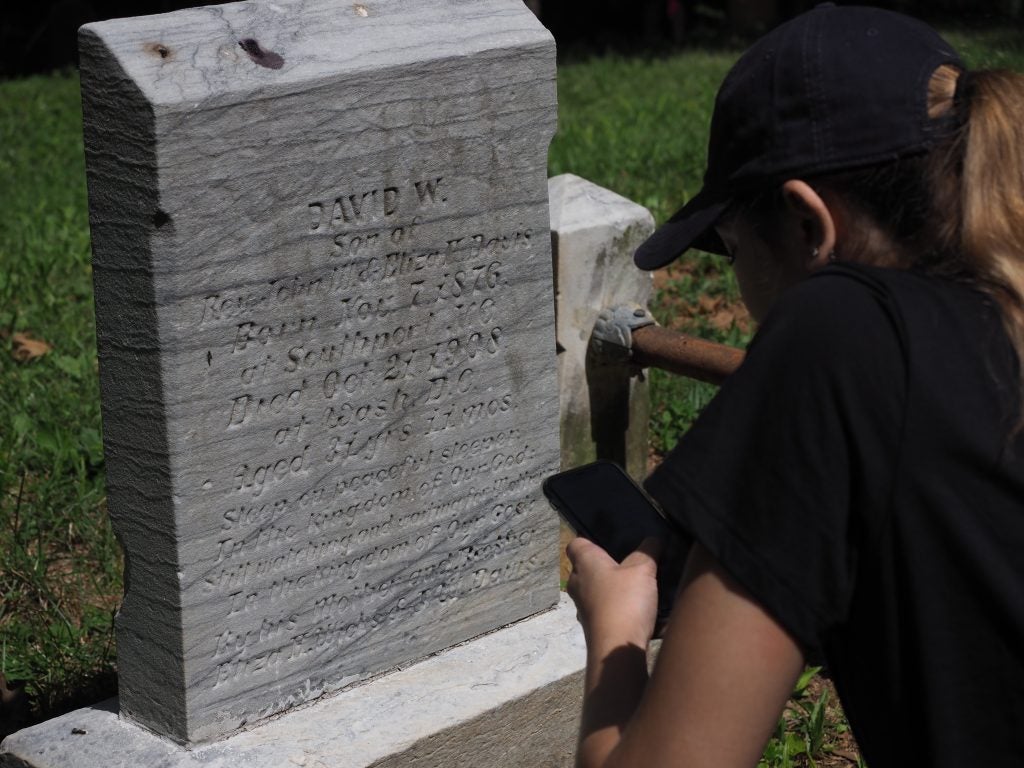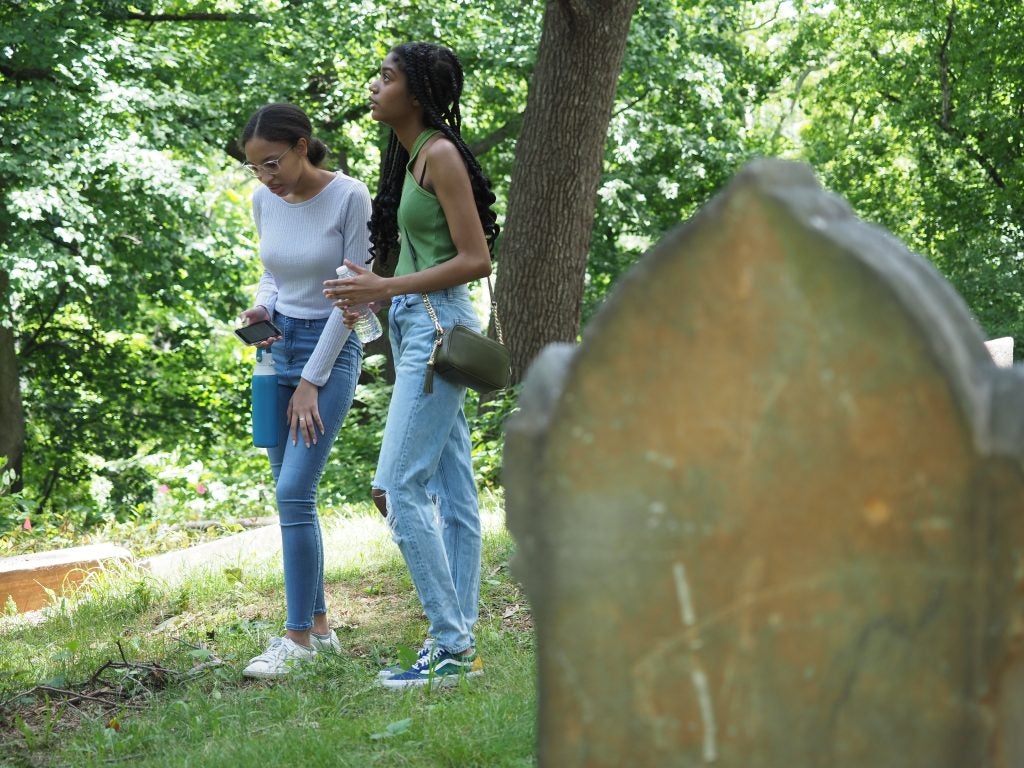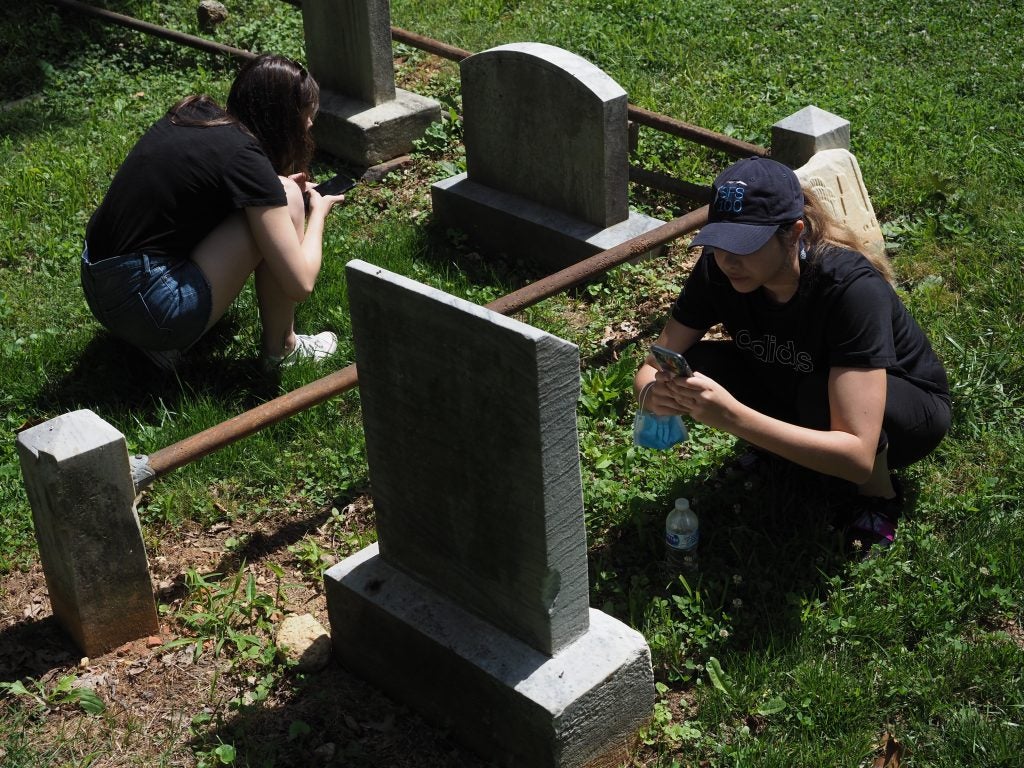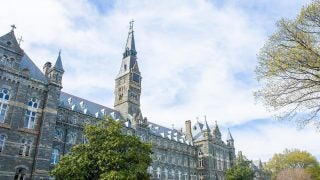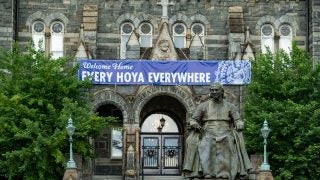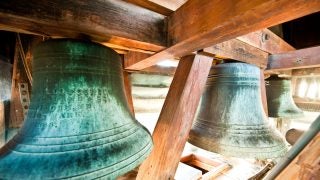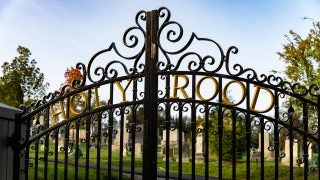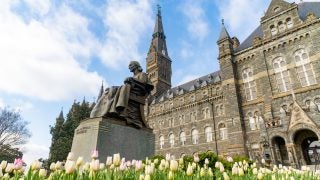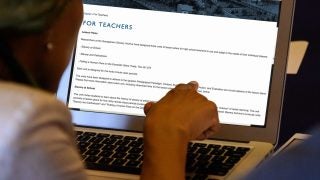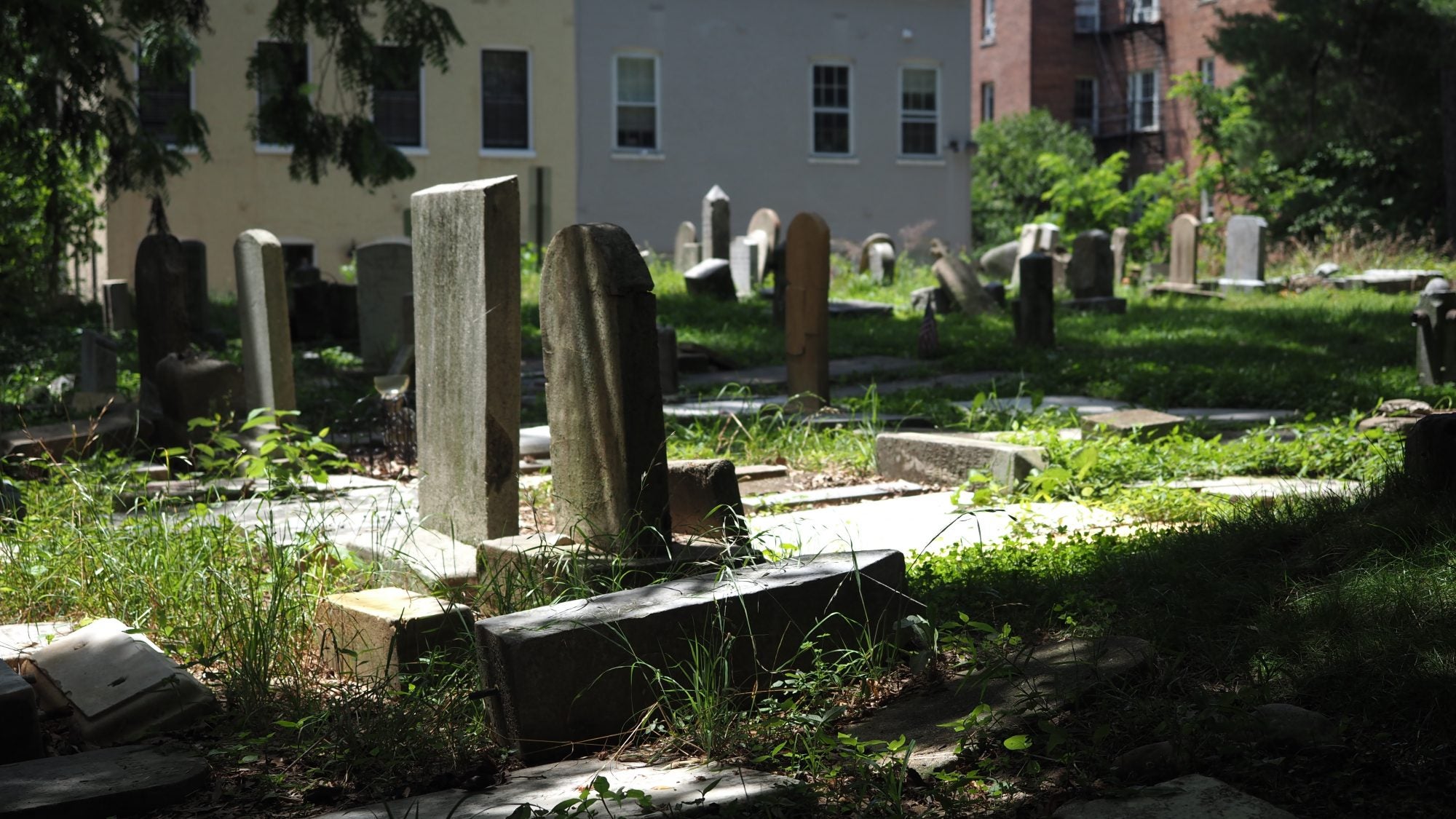
Title: Black Georgetown Rediscovered: Students Help Preserve History at Underground Railroad Hideout
Black Georgetown Remembered
Students have been reading Black Georgetown Remembered and watching the accompanying documentary, which compiles recollections from members of Georgetown’s Black community, some of whom still reside in the neighborhood.
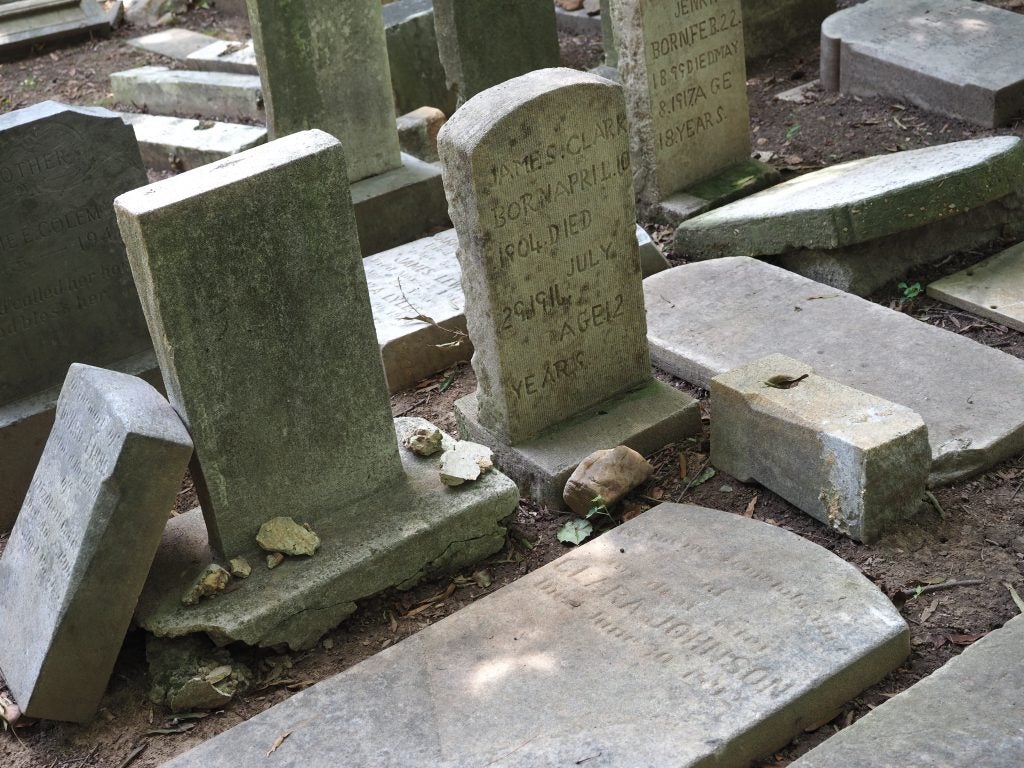
An estimated 9,000 African American residents of Georgetown are buried at the historic Mount Zion – Female Union Band Society cemeteries.
“I can’t imagine being on campus continuing my next two years at Georgetown not knowing this history here…The potential connections of slaves who helped build Georgetown are potentially buried here, so being part of that volunteer work, trying to recover that history – it’s really meaningful.”
– Hyland Brown (C‘23)
“I think this definitely gives us an opportunity to understand the spaces surrounding what we’re learning about, and there’s a different understanding that you get when you have the opportunity to physically see and experience the space…This is an opportunity for us to directly participate in making stories known, which is so important for all of us that are now part of the Georgetown community.”
– Christianna Doele (SFS‘24)
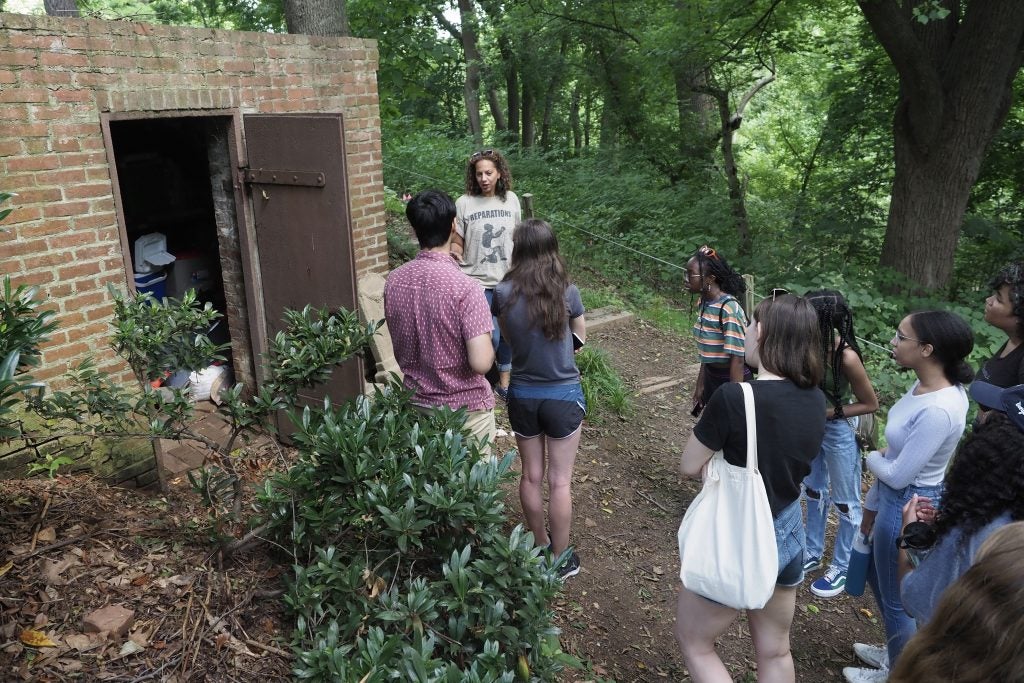
The brick structure is the cemetery vault, which served as a hideout on the Underground Railroad.
“It’s really emotional being here. When we were at the burial vault, knowing that was a place where enslaved people hid, there are no words to describe it, really.”
– Armoni Armour (C‘24)
“The experiential aspect of the course I think allows students to live history and to really interact with the community on a level we wouldn’t get just attending Georgetown…It’s given us the opportunity to be responsible stewards of the history of Georgetown University, and hopefully take action afterwards that tries to repair, in some way, the people that came before us.”
– Nicholas Lohman (SFS‘24)
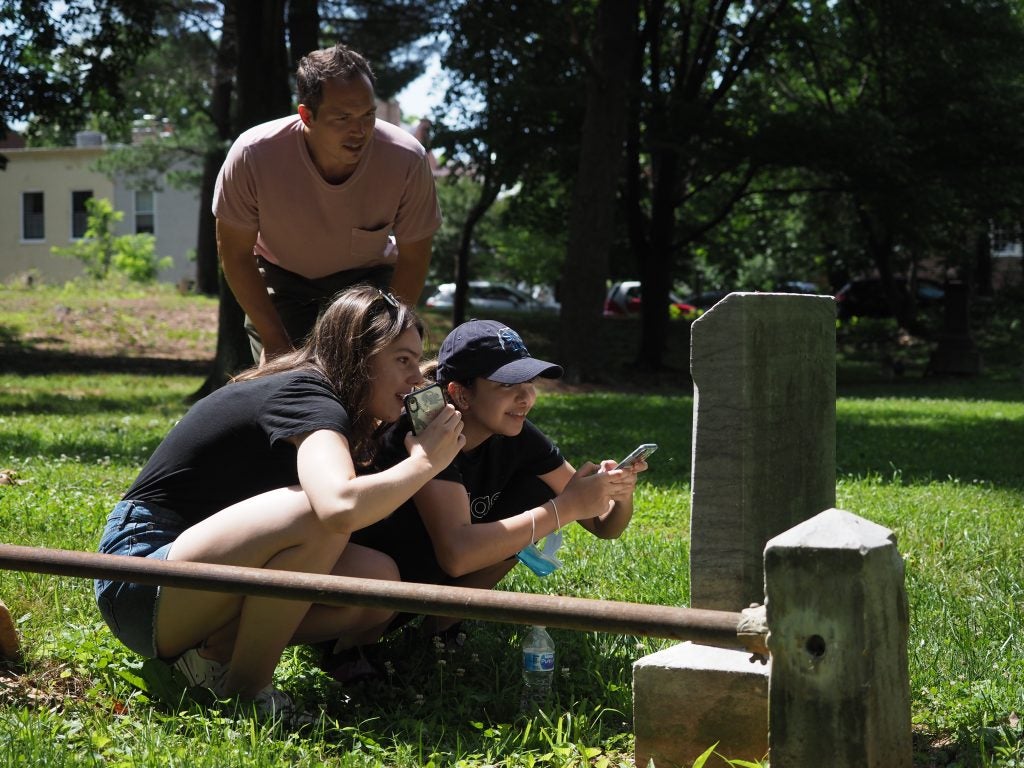
The database was developed by Mary Beth Corrigan, curator of the Collections on Slavery, Memory, and Reconciliation for the Lauinger Booth Family Center for Special Collections, in partnership with Fager’s team.
“I’m from Venezuela, which is also a colonized country. Getting the opportunity to learn about this, I also feel like I’m connecting to my own history there.”
– Andrea Nucete (SFS‘24)
